From Mader's book "Reptile Medicine and Surgery"
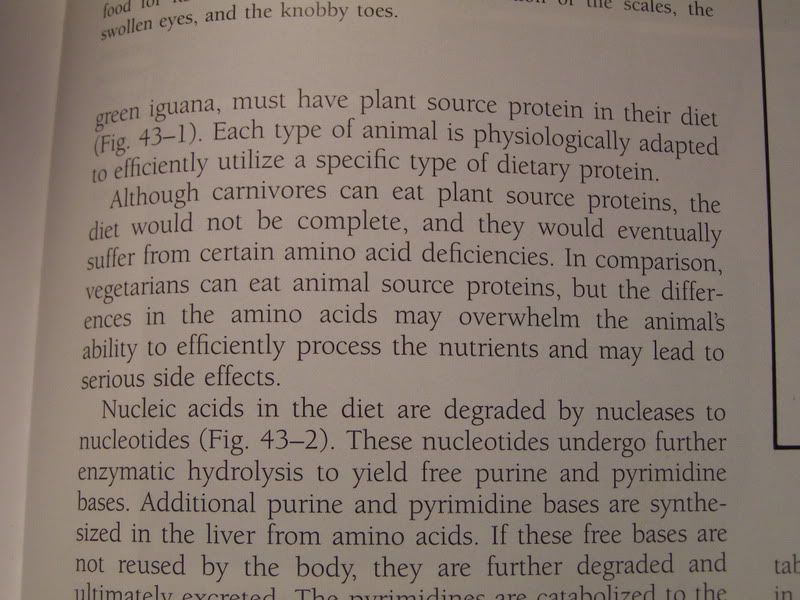
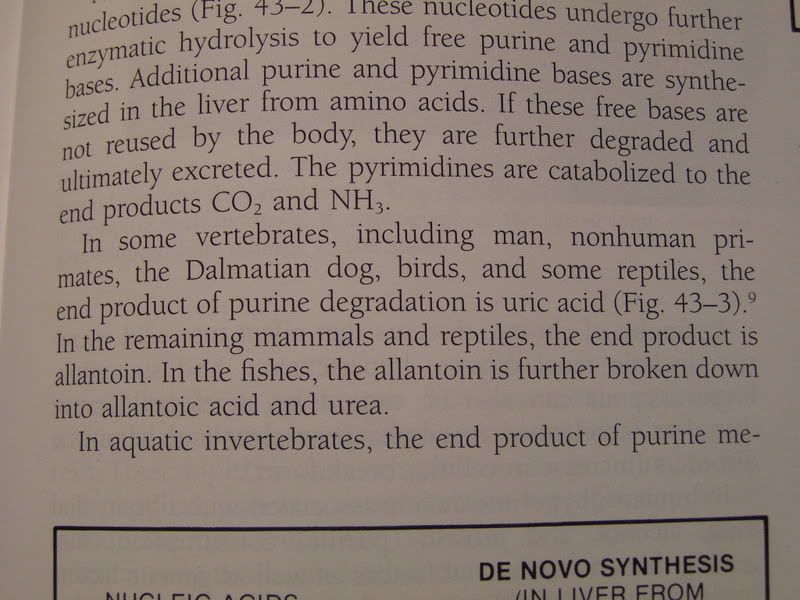
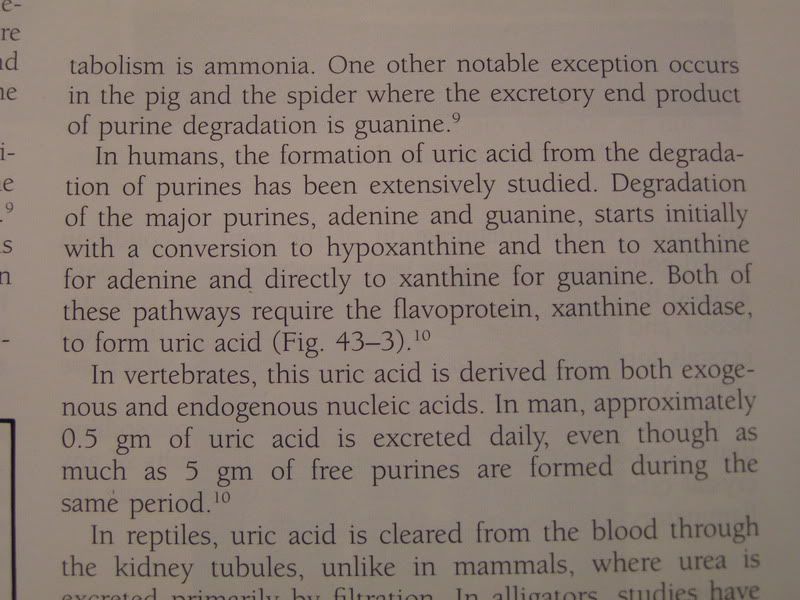
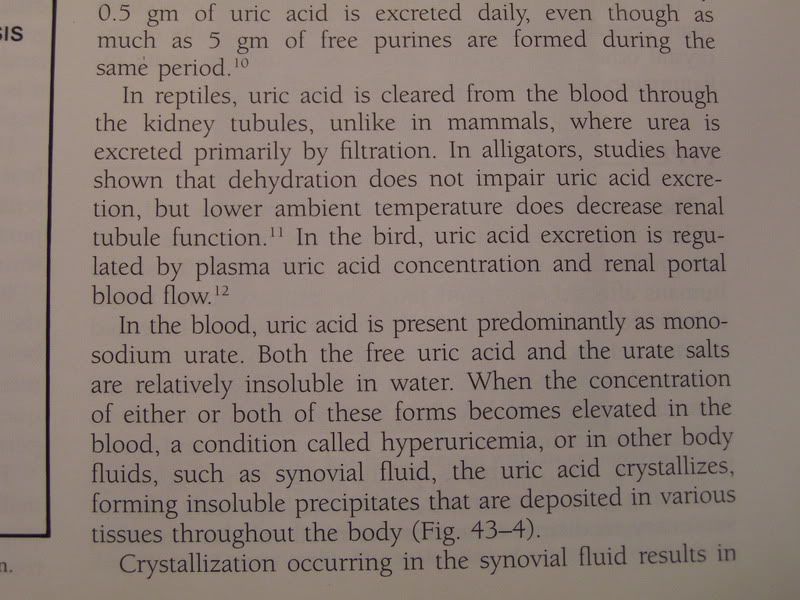

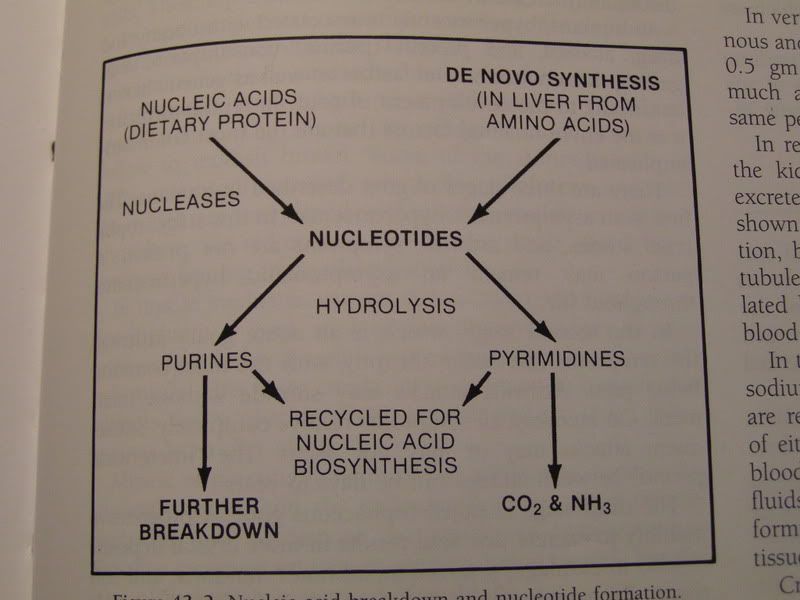
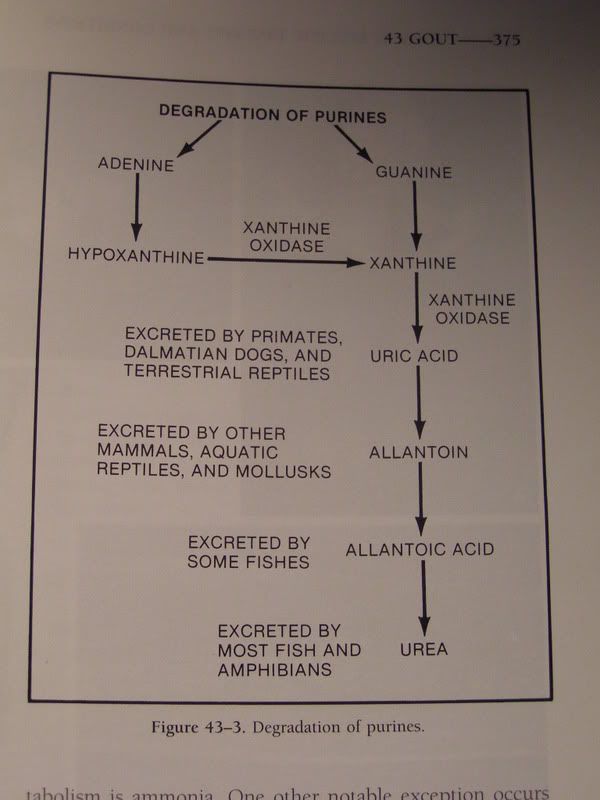
Uric acid doesn't combine with calcium, so doesn't make stones. When uric acid is accumulated in the body it tends to combine with sodium forming crystals called "tophi". These either accumulate in the joints (periarticular gout) or the soft tissues (visceral gout).
Danny







Uric acid doesn't combine with calcium, so doesn't make stones. When uric acid is accumulated in the body it tends to combine with sodium forming crystals called "tophi". These either accumulate in the joints (periarticular gout) or the soft tissues (visceral gout).
Danny